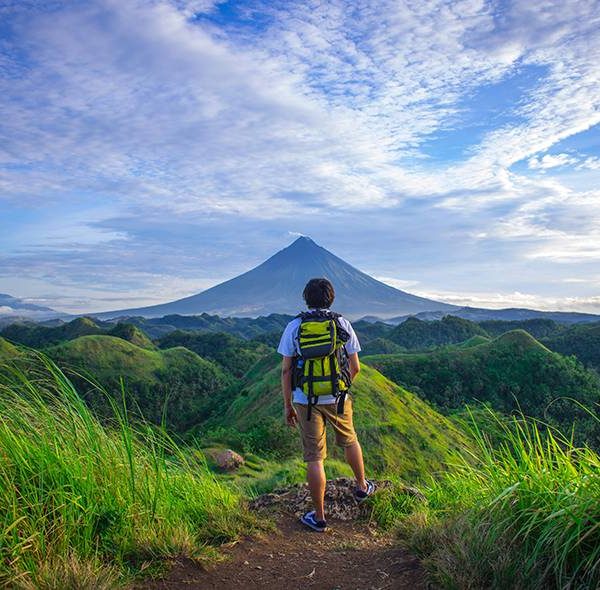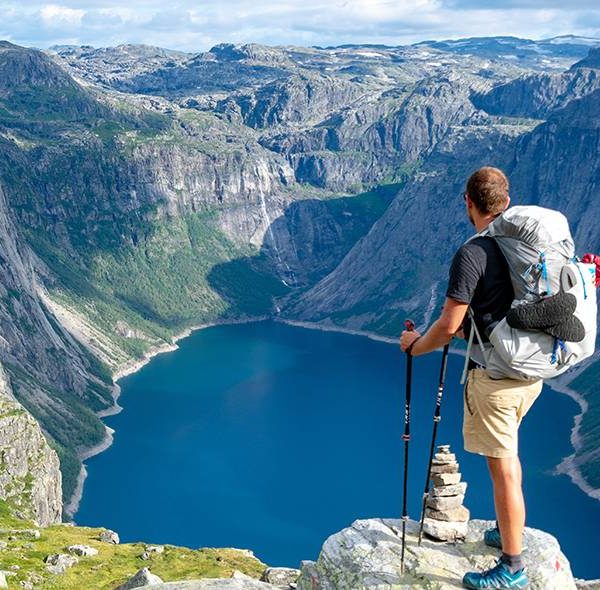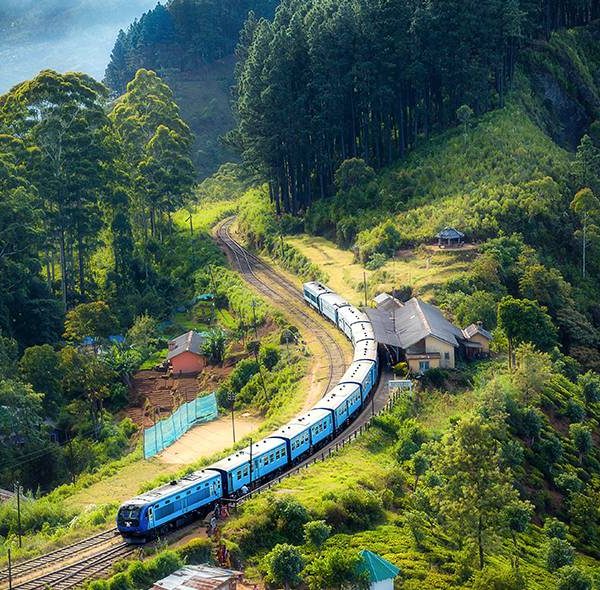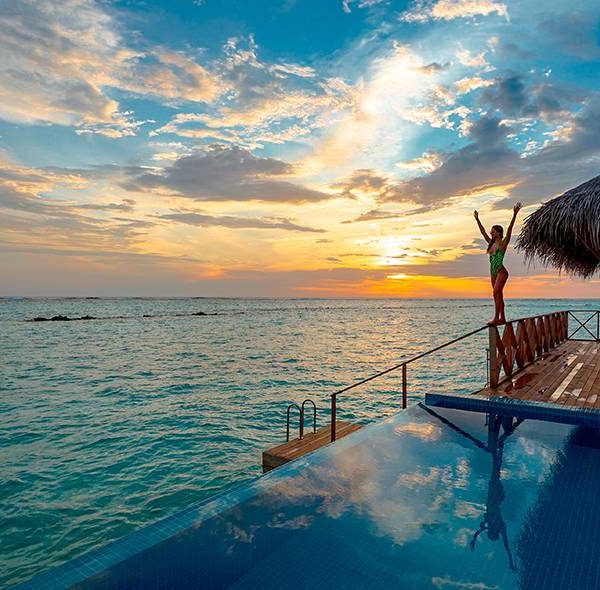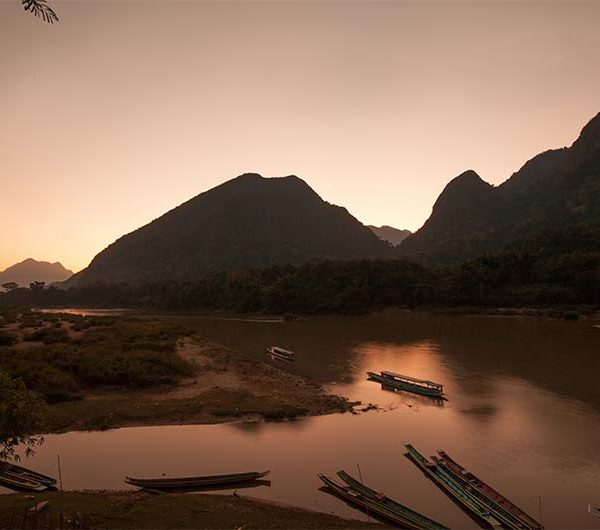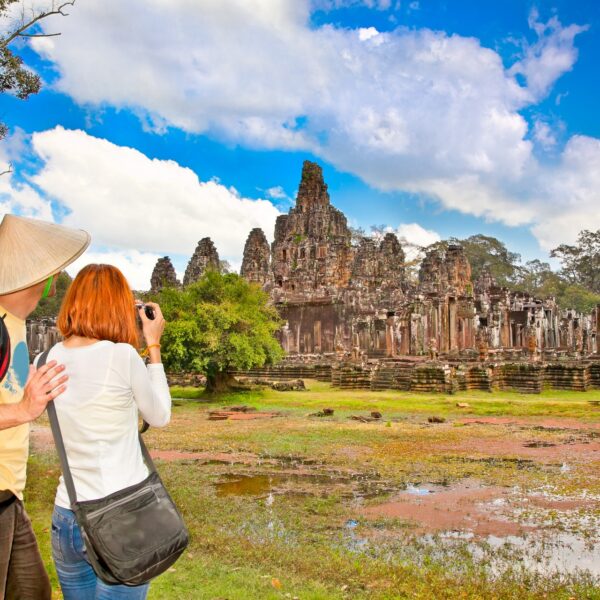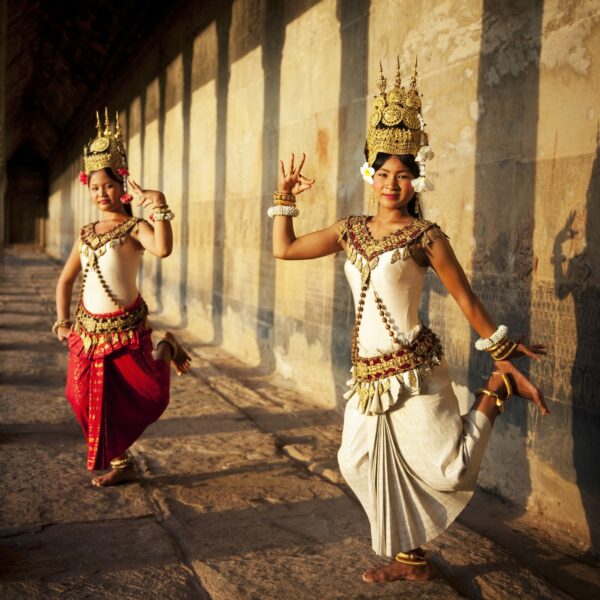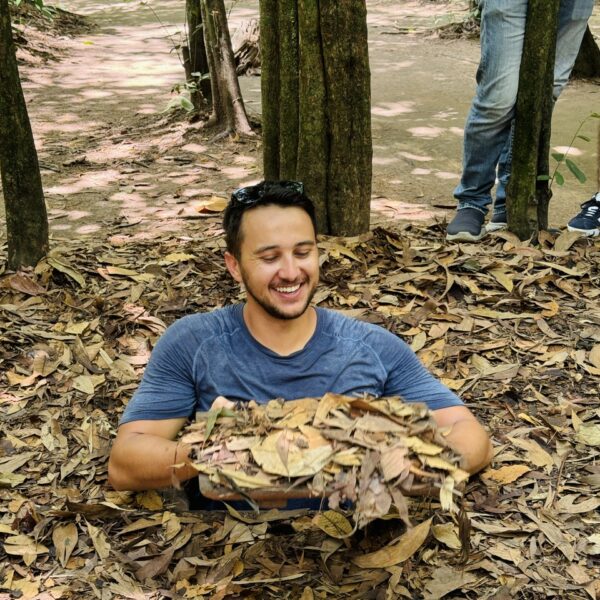Vietnam Motorbike Tour 17 Days
Overview
The Ho Chi Minh Trail had grown from a rough assemblage of animal tracks and jungle paths to become a highly effective logistical network which was the main supply line of Viet Cong from North Vietnam to South Vietnam battle field in the American War. The government already built a new highway on most of the original trail. However, we still have some parts on tracks and short-cuts that offer off-road riders a chance to test out their riding skills. Joining this trip, you also can take time to stay overnight in a traditional Thai hill tribe and visit to some tribal villages on the way to discover a unique part of Vietnamese culture.
Included/Exclude
- Private pick-up and drop off service
- Motorbike(s) (Honda or Yamaha)
- Driving gears
- Helmets
- Gasoline on tour
- Mechanic (only for group from 6 passengers)
- English or French speaking guide
- Shared accommodation in twin/double room with daily breakfast
- Home-stay permission
- Motorbikes one way shipping costs
- Additional meals as indicated in the itinerary
- Admission fees and permits
- Drinking water
- International flights
- Visa fee and visa stamp fee
- International departure tax
- Travel insurance
- Pre and post accommodation in Hanoi
- Personal expenses such as shopping; telephone, laundry and bar bills etc.
- Peak season surcharge if any
- Compulsory Gala dinner on X-Mas & New Year if any
- Vietnam visa stamp fee (US$ 45 & 02 passport photos per person)
- Other services not mentioned above.
Tour Amenities
Tour Plan
Ride on to dyke roads following Red river to Thac Ba lake. See beautifull countryside, rice and green tea fields.
Then we turn to the little road to Vu Linh village, where populated by Dzao ethnic minority by the side of Thac Ba lake, also formed by the construction of hydroelectricity dam in the 1970s. We keep riding to the Dao village of Vu Linh where we stay for the night, enjoying Dao hospitality.
We will have an unforgettable dinner with the hosts, whose are really big drinkers and they party every day. The welcome is exceptional and we hope you will survive.
Summary:
Distance: 180 km
Accommodation: Home-stay
Say goodbye to Thac Ba lake, we head up to Ba Khe T-junction, we continue on sealed road through renowned tea growing areas, where the hillsides are literally covered in plantations, all the way to the city of Yen Bai which sits on the Red River.
After lunch, we cross Lung Lo pass to go to Phu Yen Town, a district belongs to Son La Province .
During the First Indochina War, the 15km-long Lung Lo Pass, used by the Vietnamese resistance force to transport weapons, goods and food during the Dien Bien Phu campaign of 1954, was heavily bombed by the French in order to sever the front lines from the rear. Lung Lo Pass, situated in the northern province of Yen Bai, was also recognised as a national heritage by the ministry.
Spend the night at the hostel in Phu Yen Town
Summary
Distance: 190 km
Accommodation: Hotel in Phu Yen
There are many small roads that lead into the mountains around Mai Chau so we’ll take the chance to motorcycle out to isolated H’mong, Dao and Thai villages. We will take on the challenge of an old road built by the French army and spend the afternoon exploring nearby villages. Overnight in a Thai ethnicity stilt house in Mai Chau.
Summary
Distance: 170 km
Accommodation: Homestay in Mai Chau
Motorcycle on a small, spectacular and paved trail along the Ma river until Cam Thuy town where we stop for lunch. Hit the Ho Chi Minh trail (now a newly built highway) all the way to Tan Ky town where we spend the night in a hotel.
Summary
Distance: 290 km
Accommodation: Hotel in Tan Ky
Ride on Ho Chi Minh Highway until Pho Chau where we stop to visit the HCM Trail victory monument which is in fact the real starting point of our HCM Trail ride.
Motorcycle all the way to Phong Nha – Ke Bang, the biggest and also the most beautiful cave in Vietnam and Indochina and is now a UNESCO World Natural Heritage site. The karst formation of Phong Nha-Ke Bang National Park has evolved since the Paleozoic (some 400 million years ago) and so is the oldest major karst area in Asia. Subject to massive tectonic changes, the park’s karst landscape is extremely complex with many geographic features of considerable significance. The vast area, extending to the border of the Lao People’s Democratic Republic, contains spectacular formations including 65 km of caves and underground rivers.
Summary
Distance: 280 km
Accommodation: Hotel in Phong Nha
Boating and exploring World Heritage site of Phong Nha where local civilians and military sheltered from incessant bombing during wartime. Then we drive down to the coastal town of Dong Hoi, which was heavily shelled by US warships during the war. At a hotel over looking the beach, we can take in some sunbathing by the beach. Overnight in Dong Hoi.
Summary
Distance: 80 km
Accommodation: Hotel in Dong Hoi
We strike south through foothills which were once sprayed heavily by Agent Orange towards the former DMZ. There is still much evidence of bombing on the mountain sides and from time to time we will see remnants of the original Trail. We take in the Vinh Moc tunnel, the famous Hien Luong Bridge (former demarcation line between North and South Vietnam, the Truong Son Cemetery and finally Khe Sanh (former US Marine base). Overnight in Khe Sanh.
Summary
Distance: 200 km
Accommodation: Hotel in Khe Sanh
In the morning we head south over the Da Krong Bridge (built by the Cubans in 1973) into the infamous A Shau valley, an area of intense wartime activity. Passing Hamburger Hill and mountains still barren due to the extended effects of Agent Orange, we arrive at A Luoi, where there are many Bru Van hill tribe people. Then, cruising through green back country down the steep Me Oi Pass, we continue on to the beautiful city of Hue which lies along the banks of the Perfume River. Overnight in Hue.
Summary
Distance: 180 km
Accommodation: Hotel in Hue
See the Forbidden Citadel in the morning. Join the National Highway 1 and head up the Hai Van Pass (Cloudy Pass) before the World Heritage site of Hoi An, a major trading centre in SE Asia in the 16th and 17th centuries. Overnight in Hoi An. (B, L, D)
Summary
Distance: 150 km
Accommodation: Hotel in Hoi An
Whole morning exploring the old town of Hoi An. Afternoon at the Cua Dai beach, about 6km from the old town.
The former harbour town of the Champa people at the estuary of the Thu Bon river was an important Vietnamese trading centre in the 16th and 17th centuries, where Chinese from various provinces as well as Japanese, Dutch and Indians settled down. During this period of the China trade, the town was called Hai Pho (Seaside Town) in Vietnamese. During the French colonial period (1883 – 1945), it was called Faifo. Originally Hai Pho was a divided town, because across the “Japanese Bridge”, it used to be the Japanese settlement (16th – 17th century). The bridge (Chua Cau) is a unique covered structure built by the Japanese, the only known covered bridge with a Buddhist pagoda attached to one side.
The town is known to the French and Spanish as Faifo, and by similar names in Portuguese and Dutch. A number of theories have been put forth as to the origin of this name. Some scholars have suggested that it comes from the word “Hai pho” meaning “sea town”, while others have said that it seems more likely to simply be a shortening of Hoi An pho, “the town of Hoi An”, to “Hoi pho” which became “Faifo”.
In 1999, the old town was declared a World Heritage site by UNESCO (the United Nations Educational, Scientific and Cultural Organization) as a well-preserved example of a Southeast Asian trading port of the 15th to 19th centuries, whose buildings display a unique blend of local and foreign influences.
Today, Hoi An is still a small city, but it attracts a fair number of tourists, also being a well established place on the backpacker trail. Many visit for the numerous art and craft shops and tailors, who produce made-to-measure clothes for a fraction of the western price.
Summary
Accommodation: Hotel in Hoi An
Meals: Breakfast
We strike back up to the mountains, rejoining the Trail at Phuoc Son (also known as Kham Duc). From there we head up the towering Lo So Pass, passing through remote areas thinly populated by peoples of the Ba Na ethnicity. Edging close to the border with Laos, where a number of Trail arteries crossed over in Laos, we continue on to Kon Tum. Overnight in Kon Tum.
Summary
Distance: 290 km
Accommodation: Hotel in Kon Tum
In the morning we motorcycle head south through the Central Highlands, passing Pleiku and the Ia Drang valley battlefield, before continuing onto Buon Ma Thuot (also known as Buon Me Thuot), the city where northern forces launched their final assault on the then Saigon. Buon Ma Thuot produces most and best coffee products in Vietnam. Overnight in Buon Ma Thuot.
Summary
Distance: 240 km
Accommodation: Hotel in Buon Ma Thuot
We take an easy motor ride back down off the Tay Son highlands towards the coast, arriving at Highway 1 some 30 km north of Nha Trang. Taking in this scenic coastal stretch past turquoise waters and scarlet fishing boats, we arrive in the bright lights of Nha Trang and its relaxing holiday options.Overnight in Nha Trang.
Summary
Distance: 190 km
Accommodation: Hotel in Nha Trang
A free day by the beach before gathering for a seafood feast to recount our adventure and toast the Ho Chi Minh Trail.
This 150 km ride shows you some footages of the famous 2008 BBC’s Top Gear Vietnam Special show. Mountainous motor ride on the Central Highland.
Da Lat is known as “The City of Love” and is a favorite holiday resort for Vietnamese as well as the French. With evergreen forests, waterfalls, beautiful lakes, the country’s best flower gardens, and delicious fresh produce, Da Lat has always provided a welcome respite from the heat of the lowlands. We can spend the day visiting the highlights of Da Lat – its gardens, cathedral, waterfalls, market, Valley of Love, convent, university, train station and key pagodas. Overnight in Da Lat for the second night.
Summary
Distance: 150 km
Accommodation: Hotel in Da Lat
Down on road 20, we ride to Cat Tien National Park. This forest area used to be the head quarter of Vietnamese army during the war. The park suffered historically during the Vietnam War when it was extensively sprayed with herbicides like the defoliant Agent Orange. To this day these areas have extensive bamboo and grassland cover and trees have not yet grown back.
Summary
Distance: 190 km
Accommodation: Guest-house in Cat Tien Park
This is not so long but is a big day as traffic is very crazy when we enter Saigon (HCM City). We ride straight to the train station where we end the ride. If you need information about places to stay and/or to eat, our guide will be able to recommend some.
Summary
Distance: 160 km
Accommodation: Not included
Meals: Breakfast, Lunch


